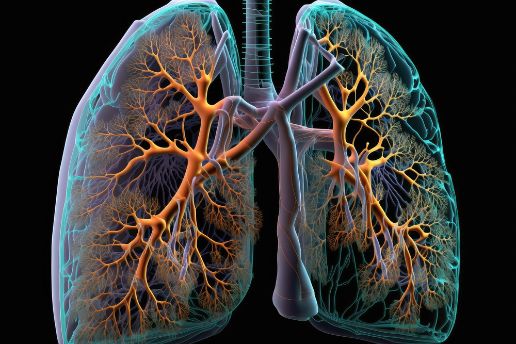Many people do not learn that they have lung cancer until it is in the later stages. By the time the disease reaches stage four, cancerous cells have spread beyond the place where they first developed in the lung. This makes it difficult to treat. It is also hard to know how long a person might live with this type of advanced or metastatic cancer. Life expectancy in this situation is based on how much treatment can extend the duration of symptoms and improve quality of life.
One common way to measure how well a patient responds to therapy is through the five-year survival rate. This number, which does not take into account how old a person is when diagnosed with the disease, indicates the percentage of people who survive at least five years after diagnosis, regardless of whether they have completed all of their treatment.
When it comes to determining survival rates, doctors look at two main things: the type of cancer and how far the disease has progressed by the time of diagnosis. The most common type of lung cancer is non-small cell lung cancer, which tends to grow more slowly and has a better prognosis than small cell lung cancer.
The stage of lung cancer at the time of diagnosis can also have a significant impact on survival rates. In general, late stage cancers have lower survival rates than earlier stages of the disease because there are fewer treatment options available.

There are some things that can be done to increase the chance of a positive response from treatments, however. For instance, a study published in 2015 found that people with a genetic mutation in their epidermal growth factor receptor (EGFR) gene have higher chances of responding to targeted drug therapies. In addition, smoking cessation has been found to significantly help with lung cancer survival.
A doctor can also use a combination of chemotherapy and radiation to reduce the size of a tumor. They may also use surgery to remove the tumor or a nearby lymph node, notes Moffitt Cancer Center in Florida. Depending on the specific case, doctors might also administer procedures that drain fluid from around the lungs or heart.
In addition to the treatments mentioned above, a patient’s prognosis depends on their overall health and ability to perform everyday tasks. It is important to discuss all of the options with a medical team, including palliative care specialists, who can add an extra layer of support that focuses on symptom relief rather than treating the cancer itself.
Ultimately, a cancer diagnosis is a stressful event for everyone involved. Understanding stage four lung cancer survival rates will help a person decide what to expect and prepare for throughout the process. This preparation can be an essential step in ensuring the best possible outcome and a high quality of life. By having these conversations with a medical team, a patient can make informed decisions that will help them live their best life.








